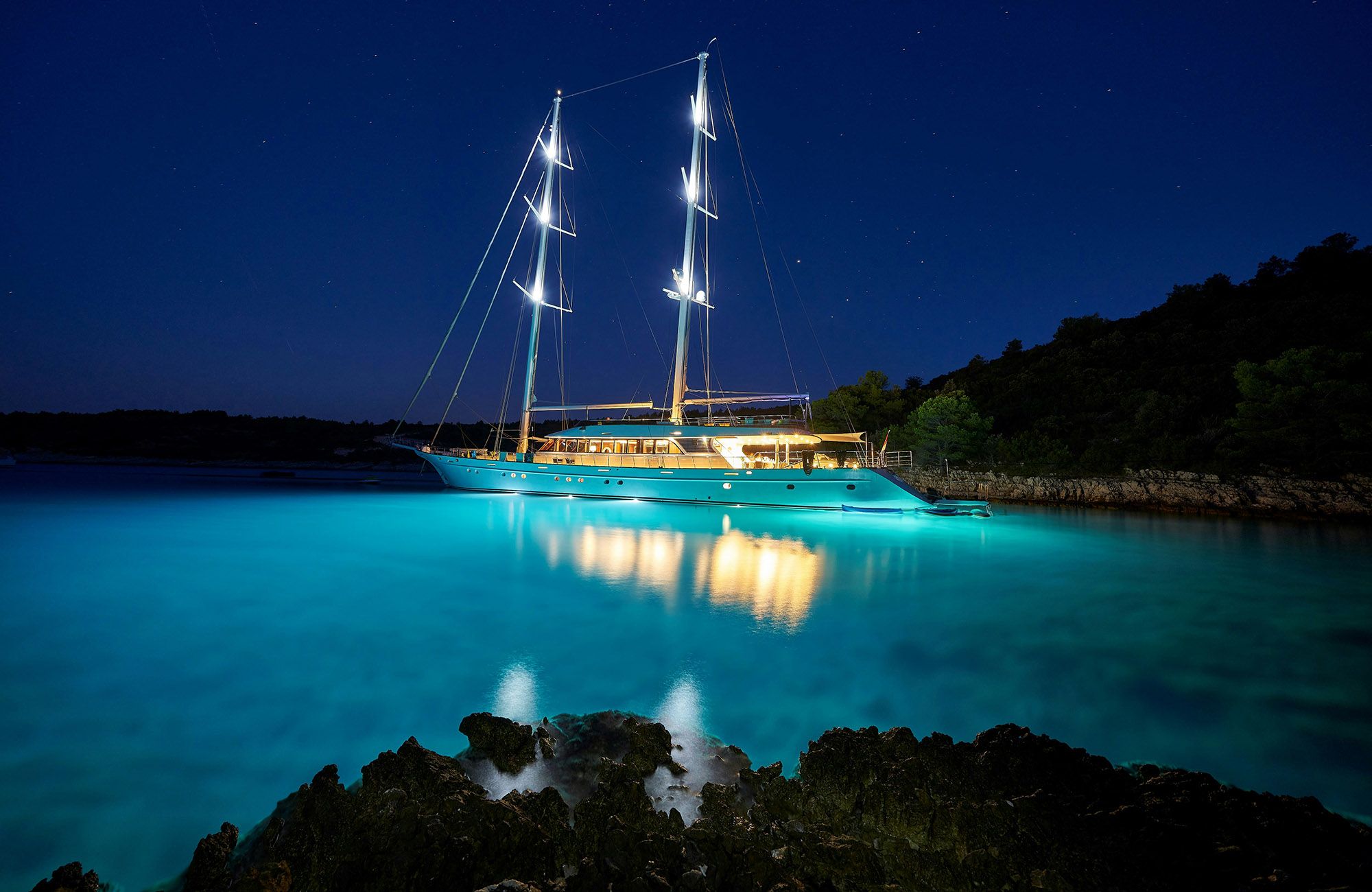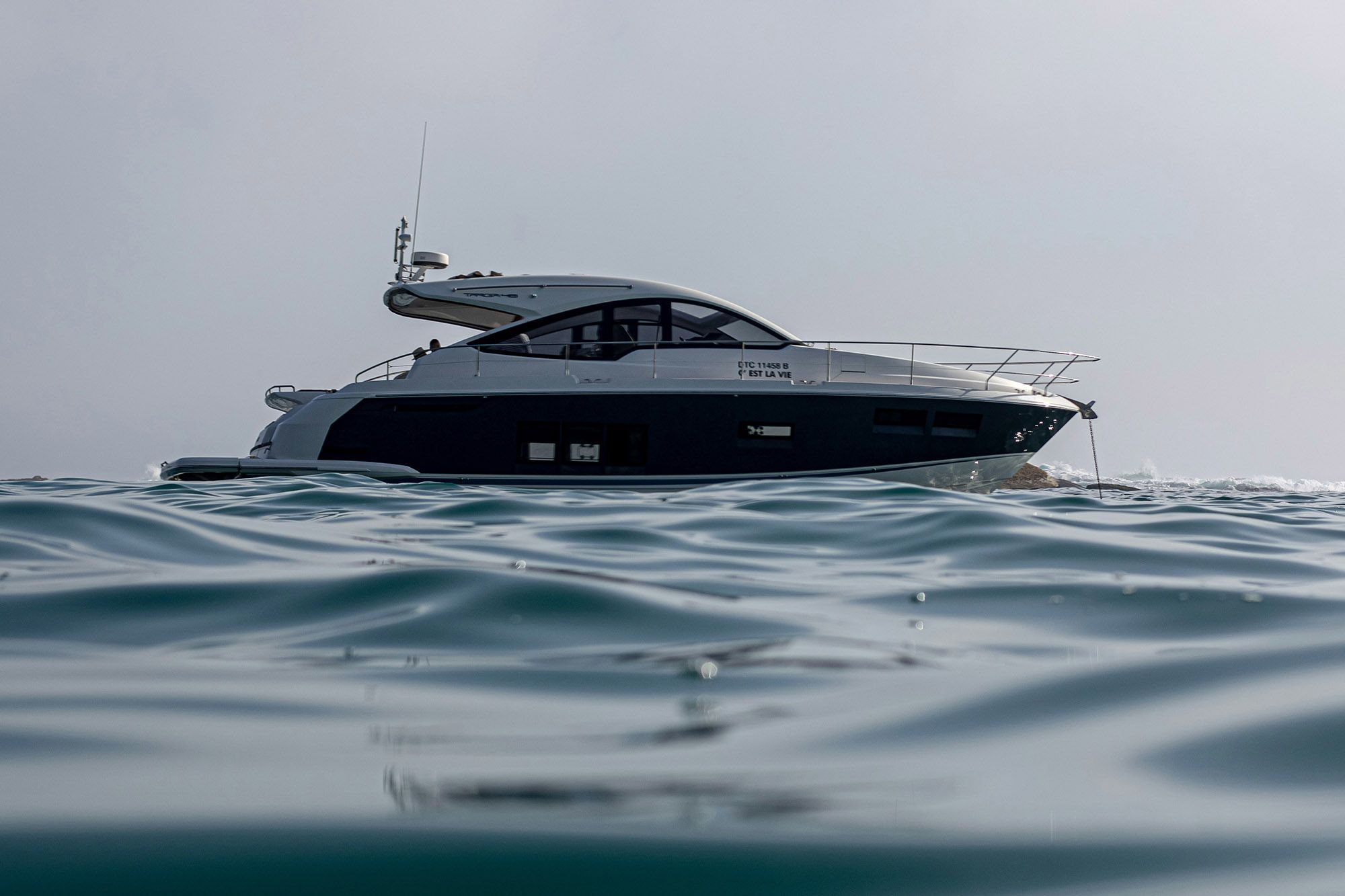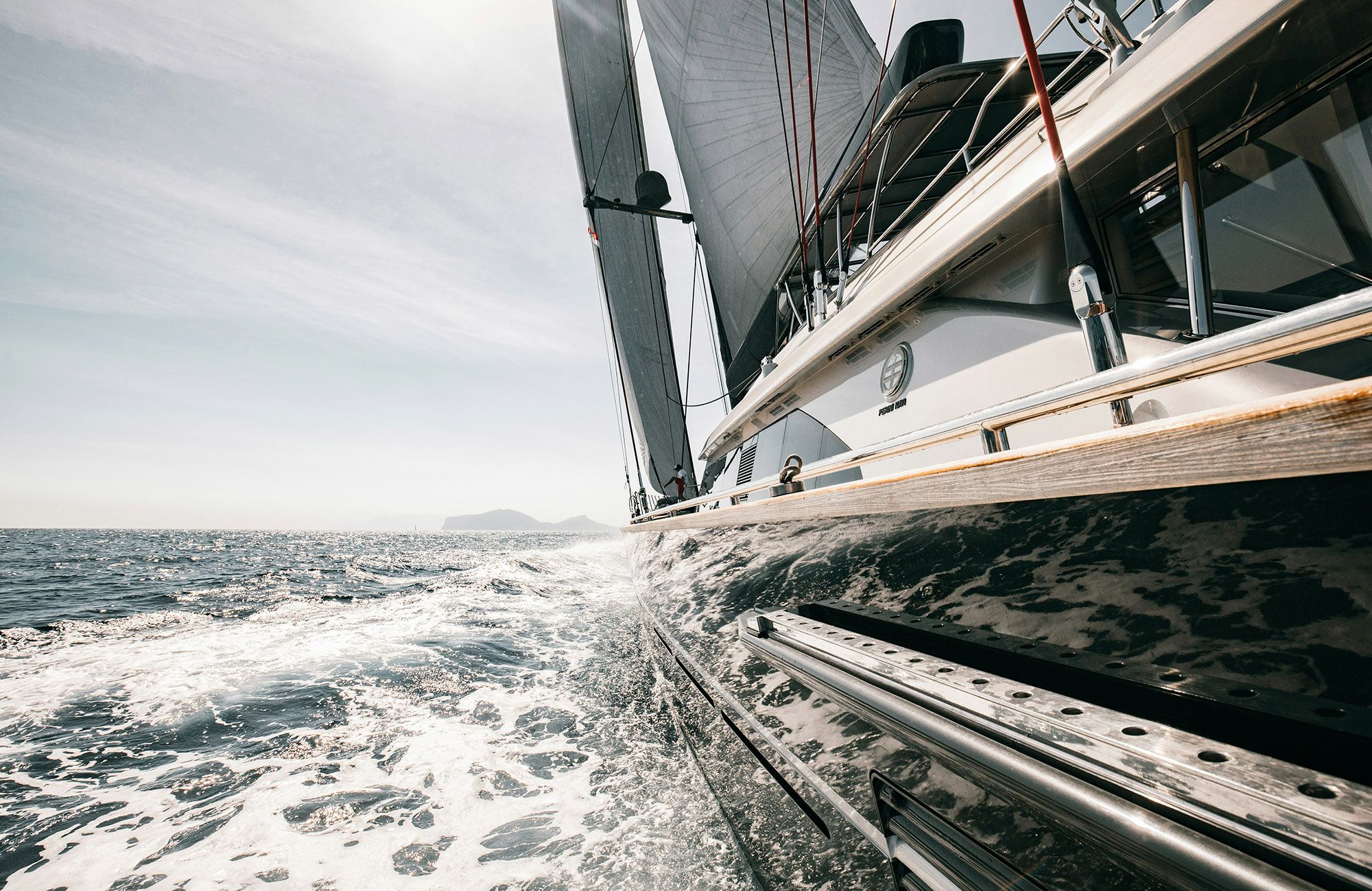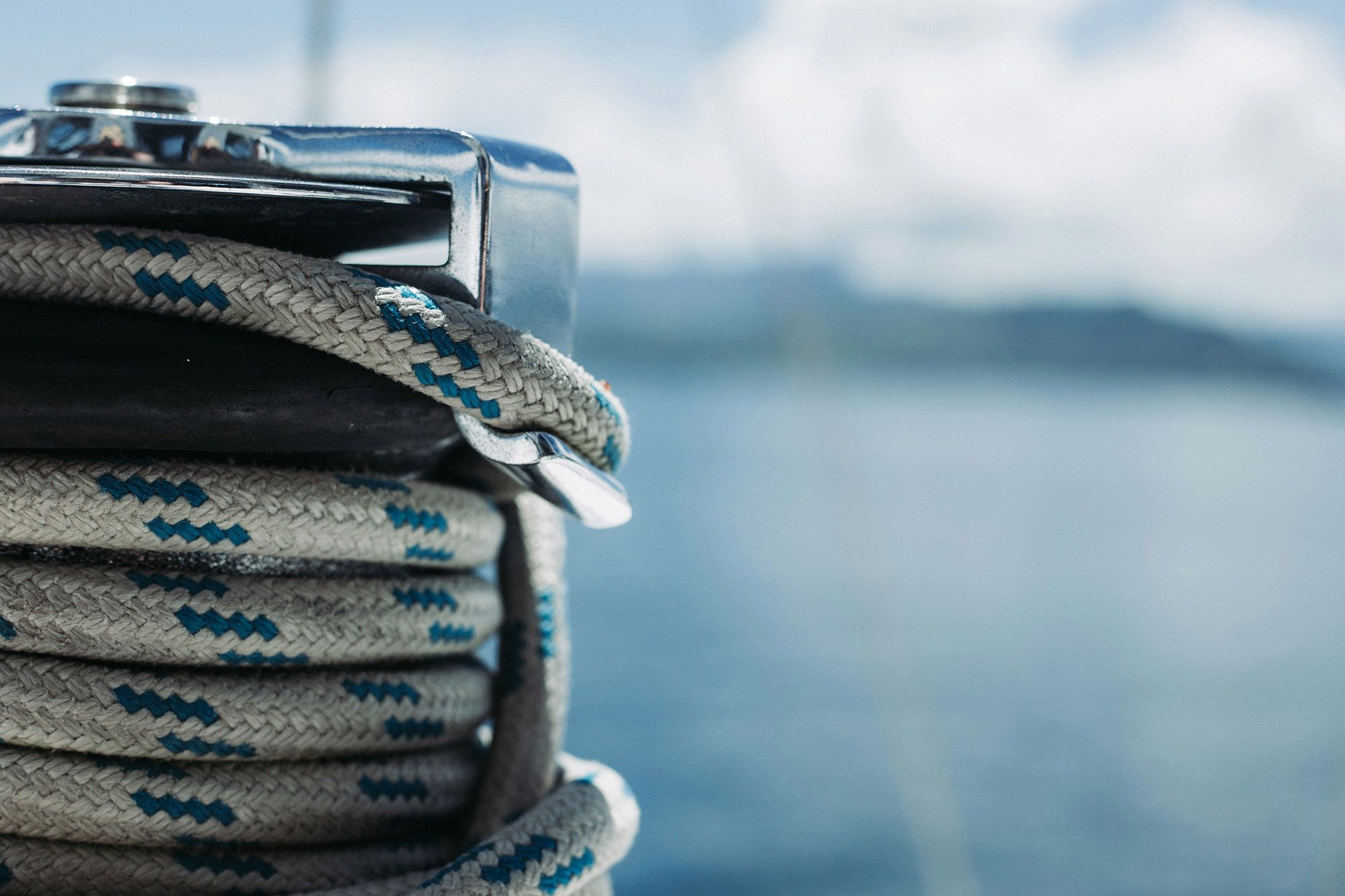Choosing the right anchor size is an important decision.
There are a number of factors that need to be taken into account, including boat length, weight and bottom conditions.
Most anchor manufacturers publish recommended sizes as a function of boat size. These are helpful guidelines but shouldn't be used as the sole criterion.
Boat Length

Boat length is an important factor when it comes to determining anchor weight. This is because it affects how much water there is above the anchor and how strong it can be. A large amount of water above the anchor can make it easier to set into the bottom and develop a strong suction. A small amount of water above the anchor can make it harder to set into the bottom and develop a good grip.
The length of a boat is measured from the bow to the stern down its center line. This measurement is referred to as the load waterline (LWL).
However, the LWL doesn’t take into account any attachments or features on the boat that don’t belong in the actual length. This includes swim platforms, bow pulpits, boomkins, and other appendages that are bolted on or molded into the hull but not part of its integral structure.
It also doesn’t take into consideration any deck extensions or outboard motors on the boat. These aren’t included in the overall length, but they may become relevant if you plan to transport or dock your boat.
A number of marinas, private boat dock slips and other facilities need accurate measurements of length, draft, beam and clearance to ensure that they’re able to accommodate every boat that walks through their doors. The length of a boat is used to determine the class, which dictates whether or not you need specific safety equipment on board.
In addition, it’s also important to know the boat’s length because it will impact the boat’s registration and docking fees. You will need to be able to register the boat and pay these fees before you can legally use it. This is an essential part of owning a boat and it can help you avoid unnecessary fees when it comes time to purchase or sell your boat.
A boat’s length can also influence its speed in waves. This is based on its Froude number, which is a simple equation that takes into account the velocity of the waves and the square root of the boat’s length in feet. This can help you determine your boat’s potential speed in a wave and how it will respond to that speed.
Displacement

Displacement is the overall change in position of an object. It is a vector quantity, which means it has a direction and magnitude, and it is always measured along the shortest path between two points.
It is a useful measure of how much the object has changed in its overall location during a period of time. It also gives an idea of how far a certain object has traveled from its starting point to its endpoint.
There are two types of displacement: vertical and horizontal. The vertical type is the displacement that happens between an object's position in the air and its position under water. The horizontal type is the displacement that happens between an object's bottom and its top.
The displacement between a boat's waterline and its bottom is important because it helps determine whether a vessel will hold. In general, smaller boats are less prone to losing their hold than larger ones. This is why the boat's Displacement/Length Ratio is so important.
But this ratio isn't the only thing that affects anchor weight. Other factors such as wind force and bottom conditions can also impact anchor weight.
When it comes to anchor size, it can be hard to find a set rule because of the many different situations that a boat might encounter. Ultimately, you'll need to make a decision based on what your needs are and the weather conditions that your boat will face.
For example, if you're going to be traveling a lot, you may want to consider upsizing your anchor size. This is because anchors that are too small may not have the holding power to secure your vessel in the roughest conditions.
On the other hand, if you're not going to be using your boat a lot or in tough weather, you might be able to get away with a much smaller anchor. This is because the anchor's holding power will depend on the amount of suction created by the bottom material, as well as the amount of weight the bottom material has above it.
So while you can use displacement to protect yourself in some situations, it isn't the best strategy for protecting yourself from negative emotions. Rather, it can cause more harm than good. This is why it is important to discuss the issue with a professional, such as a counselor or psychotherapist.
Wind Force

When a boat is in the water, wind force can have an important impact on its anchor weight. This is especially true for large boats.
Generally, the amount of wind force that affects the boat's anchor is proportional to the weight of the vessel and the length of the vessel. This means that a larger vessel with a longer freeboard will have more pull against the anchor than a smaller boat with a shorter freeboard and less ballast.
However, there are a few exceptions. For example, a boat with a very low freeboard and a very heavy full keel will have little to no effect on the anchor weight. On the other hand, a large, modern vessel with more freeboard and less ballast will have an extremely large effect.
This is due to the fact that a boat with a long freeboard has more exposed surface area above the waterline than a smaller boat. This increased surface area causes the wind to have a more significant effect on the boat's anchor weight, as it has to travel a wider distance.
A large amount of wind force can also have an effect on the anchor if the boat is at the apex of a wave. This can cause the boat to sink or sway significantly.
For this reason, it is essential to make sure that you have plenty of anchor rode let out if you are in windy conditions. Ideally, you should never let out more than 15 + 4d (m) of chain for a boat that is 30 ft long or 50 + 2d (ft) for a boat that is 60 ft long.
Nevertheless, this is an approximation and it is possible to use more anchor rode than these values. This is because a longer boat with more freeboard will have more pull against the anchor if the wind is strong enough, so the actual number of rode you will need to let out should be determined by the weather and your circumstances.
The Beaufort wind scale, which was created in 1805 by Admiral Sir Francis Beaufort of the British Navy, is a useful tool to help you determine the strength of the wind. It is based on the average wind speed observed by meteorologists worldwide, and it is used to describe breezes, gales, storms and hurricanes.
Bottom Conditions

The bottom conditions you're likely to encounter in the area where you'll anchor will have a major impact on how your anchor holds up. The type of bottom can be as simple as sand and mud or as complex as a rocky bed.
The weight of the water above the anchor has a big impact on how well it works, too. If the water is too shallow, the anchor can't get its grip on the bottom and the suction it needs to hold your boat in place can't be created. This is a common problem for cruisers with less than ideal anchoring conditions.
In general, you want to find the anchor that provides a good balance between holding power and weight. This is the best way to avoid having a poor quality or failing anchor that causes more damage than it saves you.
It's a good idea to consult your anchor manufacturer for guidance on this. The sizing charts on their websites can be quite helpful in determining what anchor size is right for your particular boat and bottom conditions.
Choosing the right anchor for your vessel is a complicated decision that requires some thought. You may need to consider the type of bottom you'll be cruising on, your budget and the style of boat you have.
The bottom of the ocean is a perfect example of this, with varying depths of sand, mud and rock. The most successful anchors for this situation feature a combination of a high-end design and clever technology that helps to make them work. The most important thing is to make sure that you have the right type of anchor for your cruising goals and budget.
Similar Blogs

Copyright © 2024 RMK MERRILL STEVENS, All rights reserved.






